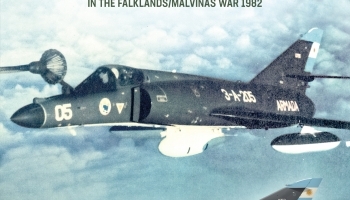
Category: Historical
9 Posts


Air, Blog Posts, Finland, Germany, Historical
The Junkers of Aakenustunturi

Army, Blog Posts, Finland, Historical
Lessons from History for the Finnish Battlefield

Blog Posts, Finland, Historical
Knight no. 52 – No Bridges Burning

9 April 1940 – Reclaiming the initiative

Review: Tornio ’44

The Battle of Schmarden

Spitfire vs. Messerschmitt Bf 109

